Common Orthodontic Issues – Bethel Park, PA
Knowing How and Why to Treat Your Smile
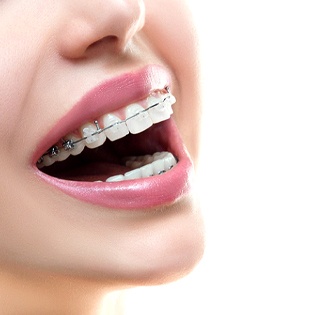
At Cartwright Orthodontics, we know you may not always understand when or if you should seek treatment for a particular dental problem. In fact, it is not uncommon for most people to forgo necessary care because they either don’t realize there is a significant issue or believe it will cost too much to justify seeking help. Identifying common orthodontic problems is what we do best, and we can help you get the treatment you need before the situation becomes worse. If you’re ready to see an orthodontist who wants to help you achieve a healthier, more aesthetically pleasing smile, contact our office today to schedule an appointment.
If you are unsure which issues braces are capable of fixing, here are some of the most common orthodontic problems seen by orthodontists:
Overcrowding
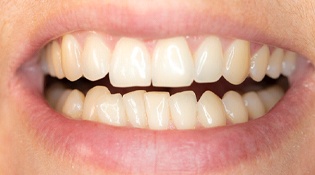
If you notice that the teeth along the top or bottom arch appear to slightly overlap or sit too close to each other, you have what is known as crowded teeth. This can pose a significant problem when trying to effectively clean between teeth and maintain optimal oral hygiene standards. You may even feel slightly embarrassed by your teeth, which can affect your self-confidence. Fortunately, braces can shift your pearly whites in a way that will create the necessary space and improve your oral health and aesthetics.
Gapped Teeth
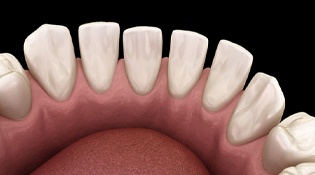
Much like overcrowding, gapped teeth also pose a problem when it comes to good oral health. Food particles and bacteria can become easily trapped in these large, open spaces. Not to mention, you may find yourself hiding behind your hands to avoid smiling in any way. Braces make it possible for your teeth to move closer together, eliminating the gap and creating a more uniform appearance that is even and ultimately, healthy.
Overbite
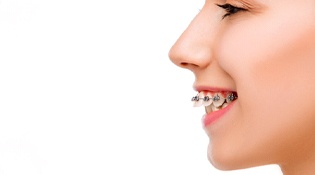
If your top row of teeth extends out further than the bottom row, you have an overbite. This can cause excessive wear on your bottom teeth as you bite down and attempt to close your mouth. If the enamel becomes thin or begins to fracture, you can be faced with even more necessary treatment to address these issues. With braces, your orthodontist can map out your treatment so that your braces are properly adjusted and move your bite in the right direction, effectively minimizing the wearing down of your teeth.
Underbite
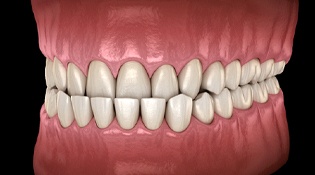
If you notice that your lower teeth protrude out further than your upper teeth, you have what is called an underbite. This most commonly occurs when the lower jaw grows outward more so than the upper jaw, and it can cause wear and tear on the teeth and serious jaw pain that can lead to temporomandibular joint disorder (TMD).
Crossbite
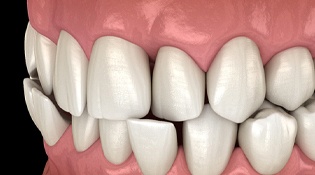
When upper teeth sit behind your lower teeth, this is known as a crossbite. This type of bite alignment issue can worsen over time, making it difficult for you to move your jaw and allow it to function normally. Braces can help to move your teeth and bite back into proper alignment and help you to avoid chronic jaw pain caused by your crossbite.
Open Bite
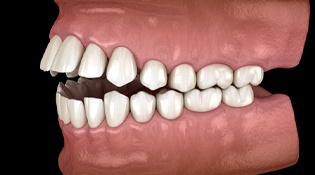
If your teeth do not touch when closing your mouth, you have an open bite. Whether caused by child-related comfort techniques (i.e. thumb-sucking), this type of bite can be easily fixed should you choose to seek an “orthodontist near me.” By finding the right professional, you can put yourself on the path to a normal, functioning smile that not only looks better but feels better, too.
Impacted Canines
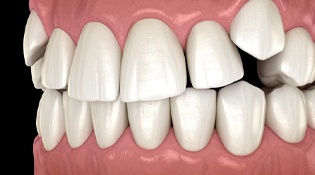
If your child’s canine teeth are not erupting as they should or their baby teeth are not falling out at the appropriate time, it may be necessary to inquire about orthodontic treatment for your little one. An orthodontist can examine their smile and make the necessary recommendations to help encourage their adult teeth to push through the gums.


